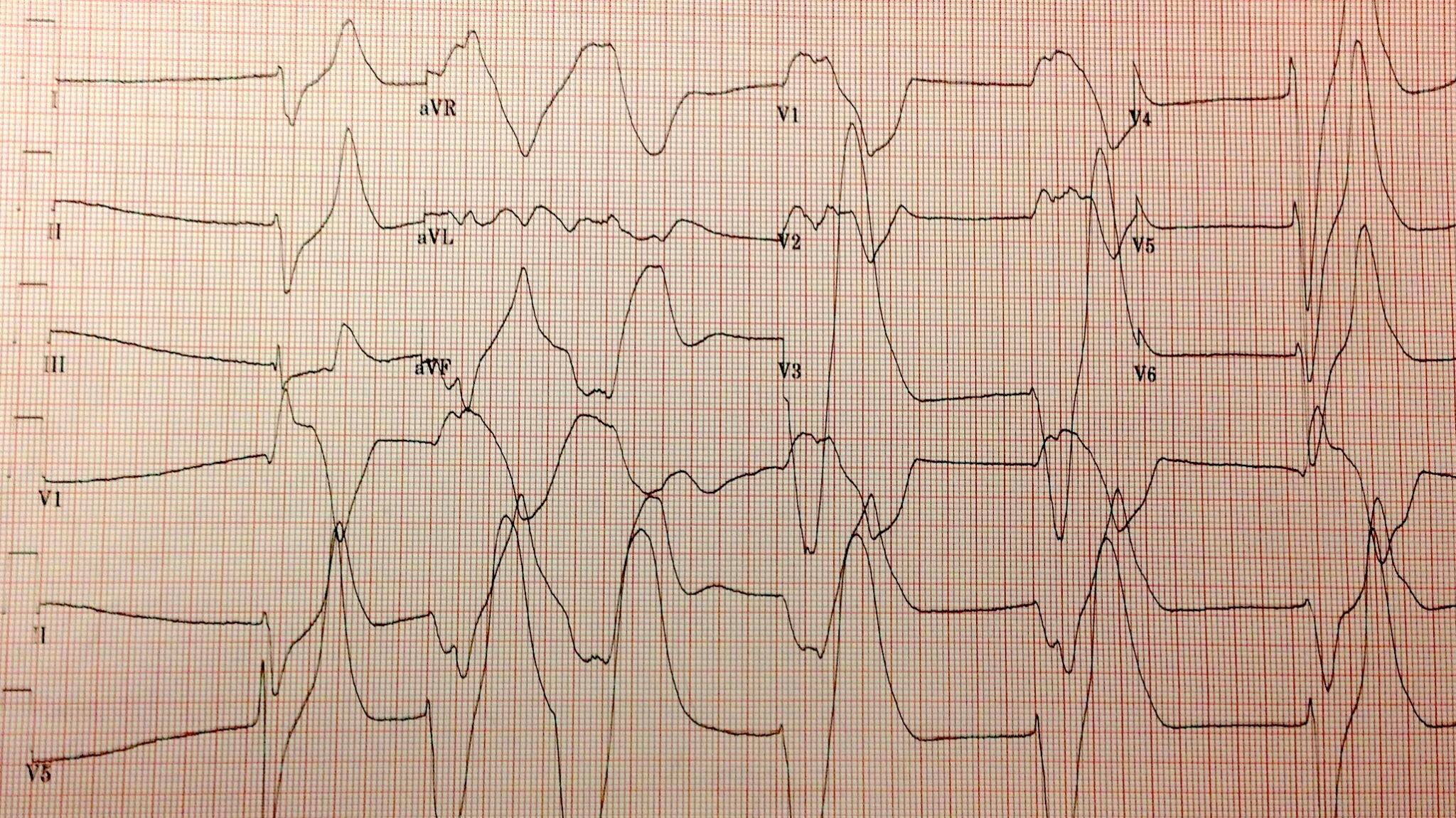.jpg) |
| Dancing with my brackets. No I'm not a loser. Why do you ask? |
As promised here are my brackets:
Notes from Glomerulus Region:
- DOPPS over USRDS: I feel the we have more to learn by looking outside of the US than looking in the mirror
- Propensity scoring to the Sweet 16: We should demand it in all observational trials of therapy. We need to get better at finding the truth from these observational studies
- TREAT is one of the most important trials in nephrology because finally after 25 years someone finally did the placebo controlled trial of ESA that we should of had in the 90's. It is never too late to do the right thing.
- ALLHAT is not all that.
- FGF23 is not important because of how it was effective as a prognostic tool, but because it is a new hormone that regulates phosphorous. How cool is that? It reminds me that no matter how authoritative the text books are when they describe human physiology they are all vulnerable to advances in science.
Notes from the Loop of Henle Region:
- I think anyone that heard the first hand accounts of using Eculizumab for the 2011 outbreak of atypical HUS in Germany would vote for it. The stories are incredible.
- UpToDate to the Final Four. What can I say, I have a crush on Bud Rose. He should get the Nobel Prize in Medicine for what he has done for medical education and delivering advances in medicine to doctors treating patients.
My final four was very conventional and of course Transplant for the win.
































